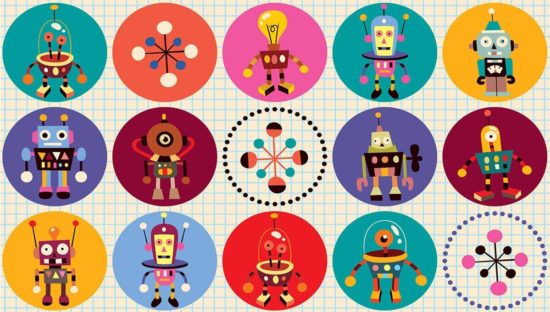This task comes from a book in a series of three books by Math Solutions, called Math for All: Differentiating Instruction. It’s a good way for students to experience different patterns on a number line. The focus is on patterns and provides students options for picking their own starting numbers. It’s great for building vocabulary and thinking mathematically.
Task Instructions
Imagine that you have several robots: a two-stepper, a three-stepper, a four-stepper, all the way to a nine-stepper.
- Pick the number on the line where the robots will start.
- Explore the walks of four different robots.
- Try at least two different start numbers for each robot.
- Write about the patterns you find in your lists. Think about:
- Patterns in the ones place
- Patterns in the tens place
- Even and odd number patterns
- Patterns in the sums of the first and second number, the third and the fourth number, the fifth and the sixth number, and so on.
- What changes a pattern more, the stepper or the start number? Explain your thinking.
Choose a robot that you have not yet explored. Try to predict how many steps it will take for the pattern in the ones place to repeat. Explain your thinking and check your prediction.
Reference
From Math for All: Differentiating Instruction, Grades 3-5 by Linda Dacey & Jayne Bamford Lynch (Sausalito, CA: Math Solutions), pp. 233.

